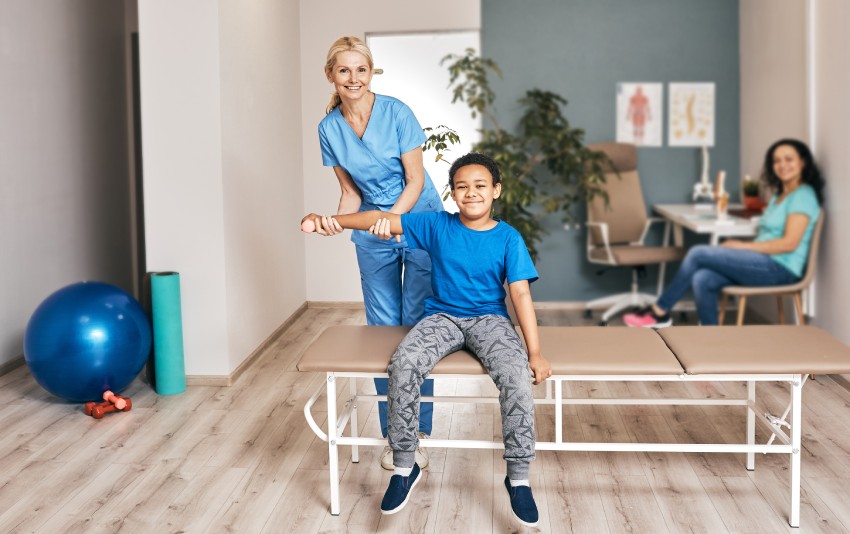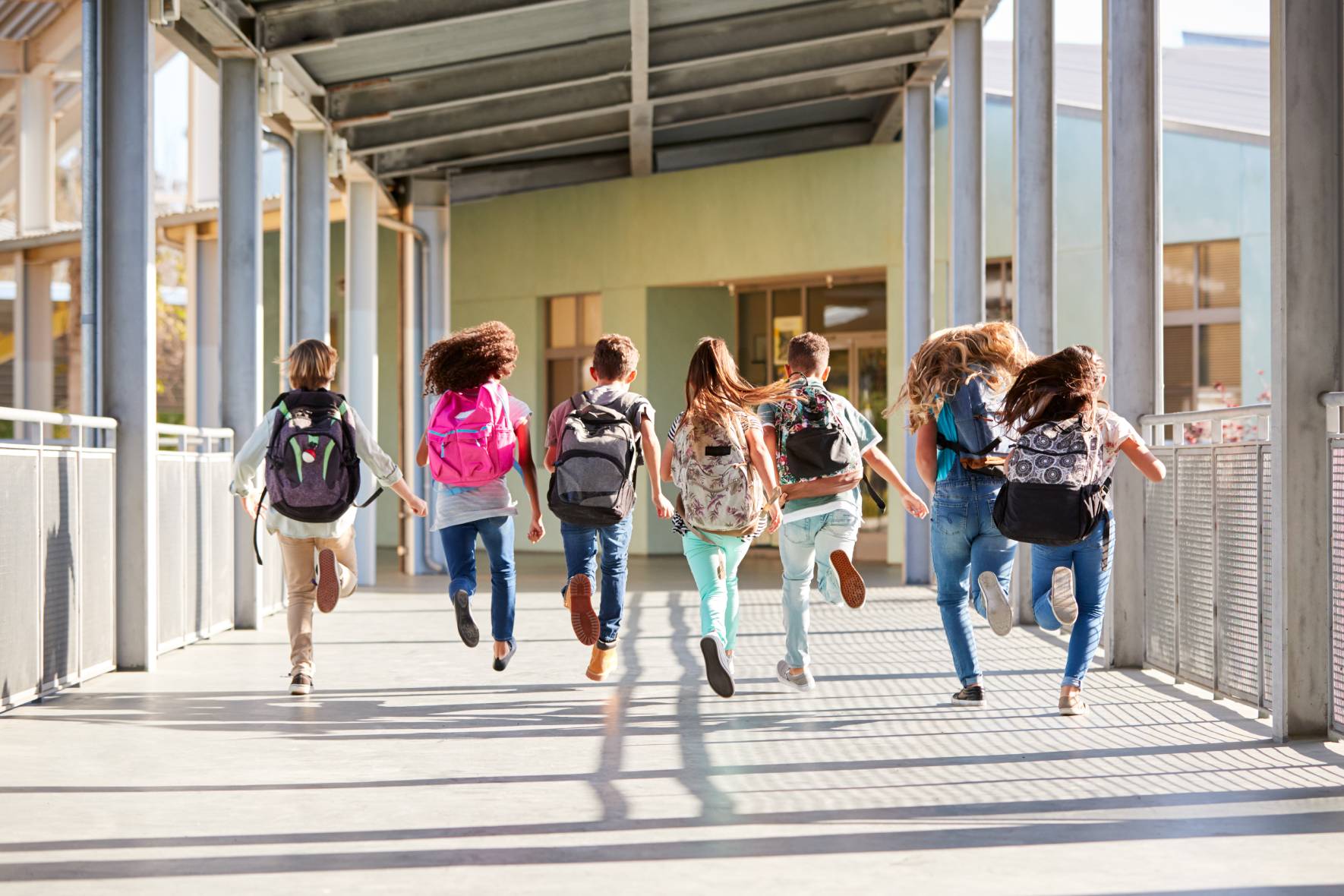Are you getting your child ready for the back-to-school season? Well, it is an exciting time when kids spring back to an active schedule and enjoy all the pleasures of physically being involved in various school activities. But not all kids have the same needs, and some kids might find the extra physical burden that comes with regular school activities a little hard on their joints.
Children who experience joint hypermobility or double jointedness could experience problems when they start school. Here is a deeper insight into joint hypermobility to ensure that your children have the utmost safe study environment.
10 Things to Know About Joint Hypermobility in Kids

1. Understanding joint hypermobility
Joint hypermobility in kids is a genetic condition that leads to joints that are more flexible than usual. People with hypermobility have more stretchy ligaments compared to the usual rigid ones. This causes hypermobility in the joints and thus places more stress on the muscles, leading to fatigue, muscle pain, and injuries. The most severe form of hypermobility could cause conditions such as Danlos Syndrome and Marfans Syndrome. Milder variations come under the umbrella term of Benign Hypermobility Joint Syndrome (BHJS).
2. Effects of hypermobility
The characteristic effect of hypermobility is the increased flexibility in joints. So a child with hypermobile joints will be more flexible, like being able to bend their knees, elbows, or thumb to a greater degree than usual. In more severe cases, the child may also experience recurrent dislocations.
Some more common telling effects and symptoms of hypermobility are:
- Improper posture or a W sitting position
- Lack of endurance
- Weakness in muscles
- Poor handwriting or pain during writing school work
- Joint pains and muscle pains
- Flat feet
- Recurring injuries like sprains and strains
- Tight muscles around hips and shoulders
- Difficulty in fine/gross motor activities, leading to poor coordination and balance issues.
Hypermobility could also lead to general clumsiness, bladder issues, fainting spells, and stretchy skin.
When the hypermobility condition is mild with no significant effects, it is called benign hypermobility.
3. Back-to-school season could trigger hypermobility symptoms
Children with hypermobility might find it difficult to keep up with their sports and exercise schedules. They get tired easily and are more prone to injuries. These hypermobility learning difficulties become much more apparent when children start school. Various school activities such as excessive writing work and physical education could place more strain on their muscles, and the lack of support from strong joints could show up as the symptoms listed above.
4. Children with hypermobility can be strong, active, and fit
While the effect of the condition may vary in severity, a hypermobile person can be healthy, active, and fit if they take the necessary treatment. In fact, hypermobility at a milder level is often considered to be advantageous in the case of ballet and gymnastics.
5. Generalized joint hypermobility prevalence
Generalized joint hypermobility is actually a common condition that is observed quite frequently. A recent study has found that GJH is found in about 12.5% of the university-aged population. About 15 to 20% of the population generally experience joint hypermobility issues.
It is also found that females tend to experience it more than males, and people of Asian and Afro Caribbean descent have a higher prevalence of joint hypermobility compared to other demographics.
6. Hypermobility improves with age
While most prevalent in children, hypermobility issues usually decrease as you age up. Children often seem to bear the ill effects of this condition more, as it could affect their quality of life. The pain and joint issues it causes could discourage them from engaging in school activities and playing sports as they want. Children must be treated adequately to reduce the pain and balance issues hypermobility could cause.
7. Causes of hypermobility
Hypermobility is often the result of genetics, and it has been observed that many people with GHJS have one or more parents or immediate ancestors with the same issues.
Other hypermobility causes include weak ligaments, relaxed muscle tones, and Proprioception. Proprioception is a condition where the person could find it difficult to perceive their joint positions with their eyes closed.
8. Hypermobility joints diagnosis
A simple test to find if a child is hypermobile is to check how far they can bend back their knees, elbows, thumbs, little fingers, and other double-jointed joints. A method known as Beighton score and Brighton criteria is used to diagnose joint hypermobility. This method evaluates how far you can bend joints backward and assigns each joint a score. If you score more than 5, you could be diagnosed with joint hypermobility.
9. Treating hypermobility joints
Both medication and physiotherapy can be used to treat joint hypermobility. Oftentimes, shifting to a healthy lifestyle seems to bring quite a significant improvement. Improving posture and engaging in healthy fitness practices can be of huge help. Children must be encouraged to include various physical activities, be it dancing, different sports, and other physical activities, rather than focus on a single sport to improve their muscle power and joint condition. You should also take caution as to take necessary breaks, warm-up, and cool-down periods when practicing any strenuous physical activity.
10. Oral medication doesn’t always help hypermobility
While NSAIDs are often prescribed to manage the pain and inflammation caused due to hypermobility, there is no definite cure that can tackle the root cause of these joint issues. Hence, a combination of physical therapy and medication to relieve fatigue and pain is suggested by physicians to improve the quality of life.
Pediatric Physical Therapy RGV

Children tend to bear the brunt of the impact of their hypermobility condition. While the condition usually improves with age, children may still suffer due to the adverse effects that stop them from enjoying their back-to-school life. Seeking pediatric physical therapy in RGV is highly advised as it can help kids get stronger over time and relieve the pain caused by hypermobility issues.
Pediatric physical therapy RGV can also help them improve balance, muscle strength, core stability, and handwriting and guide them towards a healthier and fit life. You can get expert advice on reducing the symptoms of hypermobility, such as getting proper shoes, braces for extra support, regular posture checks, exercise regimen, and so on. Contact us today to learn more.





